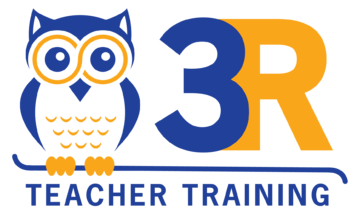The evolution of teaching methodologies has been remarkable over the years. A stand-out technique that has gained prominence in fostering student engagement and critical thinking is the concept of “Building Thinking Classrooms” (BTC) by Peter Liljedahl. Among the core principles of BTC, the use of vertical non-permanent surfaces (VNPS) resonates deeply, marking a transformative shift from conventional teaching. Let's delve into the profound impact of VNPS on students and educators alike.
In Liljedahl's research, VNPS is identified as a pivotal element in constructing thinking classrooms. These are essentially vertical surfaces, like whiteboards, where students can jot down ideas, solve problems, and brainstorm without fearing making permanent mistakes. The verticality encourages students to stand, move, and collaborate, while the non-permanent nature ensures mistakes are seen as part of the learning journey rather than terminal errors. The mere act of standing triggers alertness, engagement, and collaboration. Students are actively engaged in the learning process when they are up and moving. The vertical surfaces naturally foster group discussions and collaborative problem-solving.
In my early teaching years, I often found students hesitant to voice their thoughts. The dynamics changed drastically when I incorporated VNPS into my classroom (I used chart paper when my students “Carousel”). A particularly shy student, Emily, who rarely participated in class discussions, was paired with a more outspoken peer. As they scribbled their thoughts on the chart paper, I witnessed Emily confidently explaining her approach to a problem. The VNPS had inadvertently created an equal platform where every voice mattered.
One of the most significant advantages of non-permanent surfaces is the implicit message they send to students. It's okay to make mistakes. In a traditional setting, errors on paper can seem daunting and final. But on a whiteboard, they're just a swipe away from being corrected. A memorable moment came from supervising a student teacher during a lesson. It involved a student named Jack. He feared math because he believed he always got it wrong. One of my suggestions to the student teacher was introducing the class to VNPS. Returning for a second observation, the student teacher asked that I come during that same class period. I noticed Jack right away, that the implementation of VNPS was transformative not only for him but for several other students as well. The first time he scribbled an equation, realizing halfway that he'd made an error, he casually erased it and said, “Let's try another way.” That simple act was a revelation. The non-permanent nature of the board had, in essence, granted him the freedom to err and learn.
Building Thinking Classrooms, as conceptualized by Peter Liljedahl, is a clarion call for educators to innovate and rethink conventional teaching strategies. The Vertical Non-Permanent Surfaces, as a pillar of this methodology, have the potential to transform classrooms into hubs of dynamic learning, collaboration, and critical thinking. As educators, embracing such methods can be the key to unlocking the immense potential within every student.

